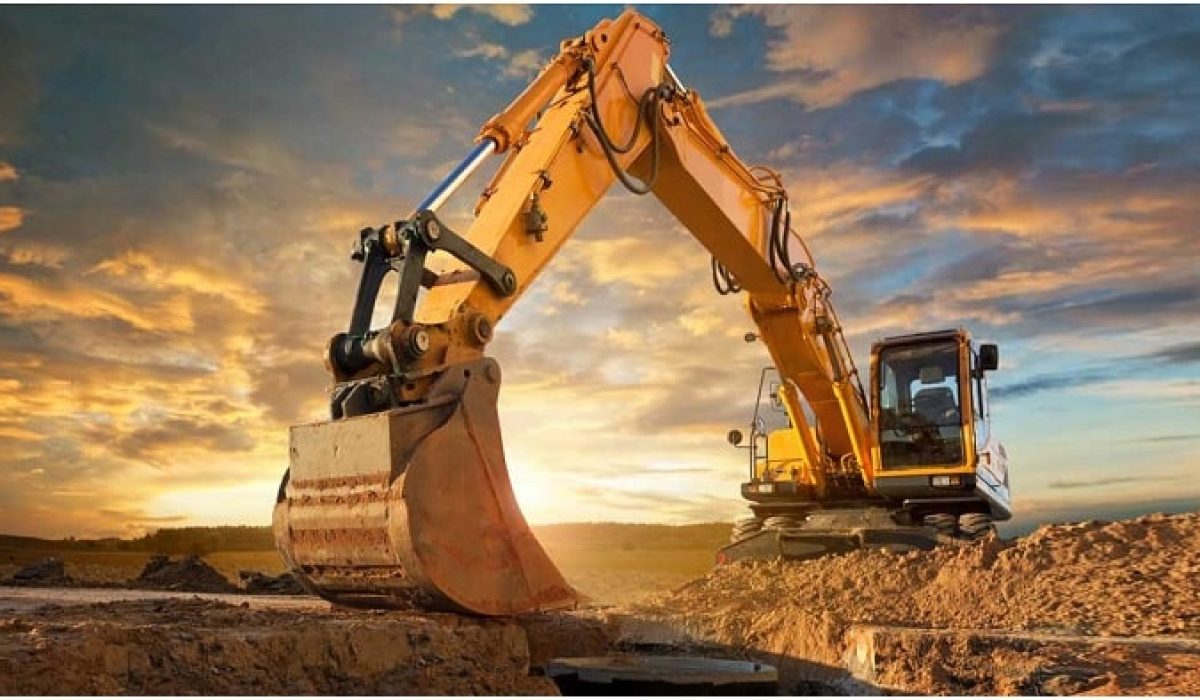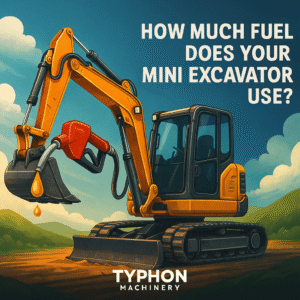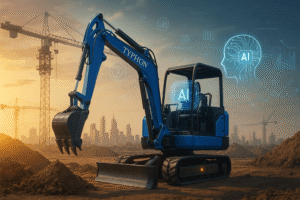The construction, building, and mining industries rely heavily on excavators for various heavy-duty applications, from digging to hauling materials. Excavators not only increase productivity and efficiency but also help in reducing operating costs. In this comprehensive guide, we’ll delve into the different types of excavators, their sizes, and the array of work tool attachments available to maximize their versatility and performance on job sites.
Excavator Types:
1. Standard Excavators:
Standard excavators, also known as crawler excavators, are equipped with a boom, stick, and bucket arm attachment at the front, making them ideal for heavy-duty construction, mining, farming, landscaping, and more. Their rotating tracks provide traction and stability, enabling them to navigate steep slopes and rugged terrains with ease.
2. Wheeled Excavators:
Unlike standard excavators, wheeled excavators operate on wheels, making them suitable for urban construction and roadwork. They offer increased speed and maneuverability on flat worksites, eliminating the need for a trailer during transportation.
3. Long-Reach Excavators:
Long-reach excavators are designed with extended arms and booms, making them perfect for reaching areas that are otherwise difficult to access. With a working range of up to 100 feet, they excel in challenging excavation and demolition tasks.
4. Dragline Excavators:
Primarily used in large-scale applications such as harbor construction and strip mining, dragline excavators are heavy-duty machines assembled on-site. They utilize a bucket system with chains and wire rope for excavation and material movement.
5. Backhoe Excavators:
Backhoe excavators feature a boom attached to the back of the equipment, with a bucket and blade at the front. Despite limited rotation, they offer versatility in tasks such as digging, leveling, and material handling.
6. Hydraulic Shovels:
Suited for heavy-duty mining and excavation, hydraulic shovels boast powerful lifting arms and large buckets for carrying heavy materials. They come in different orientations based on operators’ needs and application requirements.
7. Suction Excavators:
Ideal for delicate excavation and trenching jobs, suction excavators utilize water pressure to loosen soil and a suction pipe for removal. They prevent damage to surrounding ground or underground components during soil extraction.
Learn More: Must Have Mini Excavator Attachments For Every Task
Excavator Work Tool Attachments:
Enhance the versatility of excavators with a range of work tool attachments, including buckets, thumbs, augers, hammers, rippers, and couplers. These attachments allow excavators to tackle various tasks such as trenching, digging, demolition, and material handling with ease.
Excavator Size Classes:
1. Mini Excavators:
Compact and versatile, mini excavators weigh less than 7 metric tons, making them perfect for tight job sites and small landscaping projects. They offer precision and maneuverability, coupled with reduced fuel consumption and transportation costs.
2. Standard Excavators:
Weighing between seven and 45 metric tons, standard excavators are ideal for commercial construction projects. They offer sufficient power and hauling capacity while supporting a variety of work tools for enhanced productivity.
3. Large Excavators:
Weighing over 45 metric tons, large excavators are suited for heavy-duty work such as foundation digging and soil movement in civil engineering projects. Despite transportation and storage challenges, they excel in tackling demanding excavation tasks.
Choosing the Right Excavator:
Selecting the right excavator involves considering factors such as work site layout, terrain conditions, project requirements, and transportation/storage constraints. By evaluating these factors, you can ensure that your chosen excavator meets the demands of your job site effectively and efficiently.
Learn More: THE MOST POPULAR MANUFACTURERS OF EXCAVATORS
Conclusion:
Excavators stand as indispensable assets in the construction, building, and mining industries, offering unparalleled capabilities for a myriad of applications. Whether it’s selecting the right type, size, or work tool attachments, understanding the nuances of excavators is crucial for optimizing productivity and minimizing costs on job sites.
Additionally, with the emergence of innovative models like the Typhon Excavator, equipped with advanced technology and enhanced performance, the landscape of excavation is evolving rapidly. By staying abreast of such advancements and leveraging the comprehensive insights provided in this guide, you’re empowered to make informed decisions, ensuring seamless integration of excavators into your projects while staying ahead in the ever-evolving construction domain.





